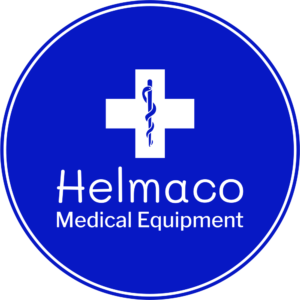AKI Cleared of Worsening CKD Trajectory
Acute kidney injury (AKI) didn’t predict worsening kidney function in people with chronic kidney disease (CKD), a prospective study showed.
According to findings from the Chronic Renal Insufficiency Cohort (CRIC) study, CKD patients hospitalized for AKI saw a statistically insignificant drop in estimated glomerular filtration rate (eGFR) during a nearly 4-year follow-up period, reported Chi-yuan Hsu, MD, MSc, of the University of California San Francisco, and colleagues.
During this time, there were decreases of -0.38 mL/min/1.73 m2 (95% CI -1.35 to 0.59) for eGFR based on serum creatinine (SCr) level and a 0.04 mL/min/1.73 m2 (95% CI -0.30 to 0.38) change in SCr slope (eGFRcr) after each AKI per year, the researchers wrote in Annals of Internal Medicineopens in a new tab or window.
Similar findings were seen when looking at eGFR based on cystatin C level (eGFRcys), marked by only a -0.15 mL/min/1.73 m2 (95% CI -2.16 to 1.86) change after each AKI and -0.56 mL/min/1.73 m2 (95% CI -1.28 to 0.17) change in eGFRcys slope per year.
Measured annually, these models were fully adjusted for several factors including pre-hospitalization eGFR, urine protein-creatinine ratio, diabetes, heart failure, systolic blood pressure, receipt of angiotensin-converting enzyme inhibitors (ACEIs) and angiotensin-receptor blockers (ARBs), and more.
Hsu’s group pointed out that there have been conflicting data on this topic, with a few prior studies finding that AKI was associated with more rapid subsequent loss of eGFRcr, like one publishedopens in a new tab or window late last year.
“[T]his study more rigorously addressed methodological limitations presented in prior published studies to conclude that the independent association between mild to moderate AKI and worsening subsequent kidney function trajectory appears to be small,” they explained.
“Our results suggest that much of the kidney disease observed after AKI may already be present before AKI,” the researchers noted. “Thus, efforts focused on ameliorating the effects of the AKI episode may have only a small effect on overall CKD burden.”
“A better strategy may be to focus on flattening the eGFR slope and treating proteinuria before the AKI episode,” Hsu’s group continued. “However, a diagnosis of AKI does present an opportunity to identify high-risk patients and implement evidence-based interventions to slow CKD progression.”
The multicenter prospective study looked at data from 3,150 patients with CKD, 433 of whom had at least one AKI episode. Of these episodes, nearly all (92%) were stage 1 or 2 in severity. A quarter of these AKI episodes lasted 3 or more days. Most patients (74%) had just one episode, with only 3% having four or more episodes during follow-up. AKI was defined by a 50% or greater increase in inpatient SCr measurement from nadir to peak.
Of the patients included, 44% were female and 43% were Black. AKI was more common in patients with diabetes, heart failure, and those using ACEIs or ARBs.
Study limitations included a lack of details surrounding the nature of the AKI events and the inability to adjudicate causes of AKI.
Disclosures
The CRIC study was supported by the National Institute of Diabetes and Digestive and Kidney Diseases.
Hsu and co-authors reported relationships with the National Institutes of Health, UpToDate, Satellite Healthcare, McMasters Keith Butler, Aria Pharma, Lewis Brisbois, LG Chem, Triangle Insights Group, Bristol-Myers Squibb Research, Janssen Research & Development, Novartis Research, CSL Behring Research, Edwards Life Sciences, BioMerieux, SeaStar Medical, AM Pharma, Amgen, Fresenius Kidney Care, DaVita Inc., Michigan Board of Medicine, National Kidney Foundation, Public Library of Science, American Medical Association, Travere Therapeutics, Otsuka Pharmaceuticals, and Hartford Hospital.
Primary Source
Annals of Internal Medicine
Source Reference: Muiru AN, et al “Risk for chronic kidney disease progression after acute kidney injury: findings from the Chronic Renal Insufficiency Cohort Study” Annals of Intern Med 2023; DOI: 10.7326/M22-3617.

![author['full_name']](https://clf1.medpagetoday.com/media/images/author/kristenMonaco_188.jpg)